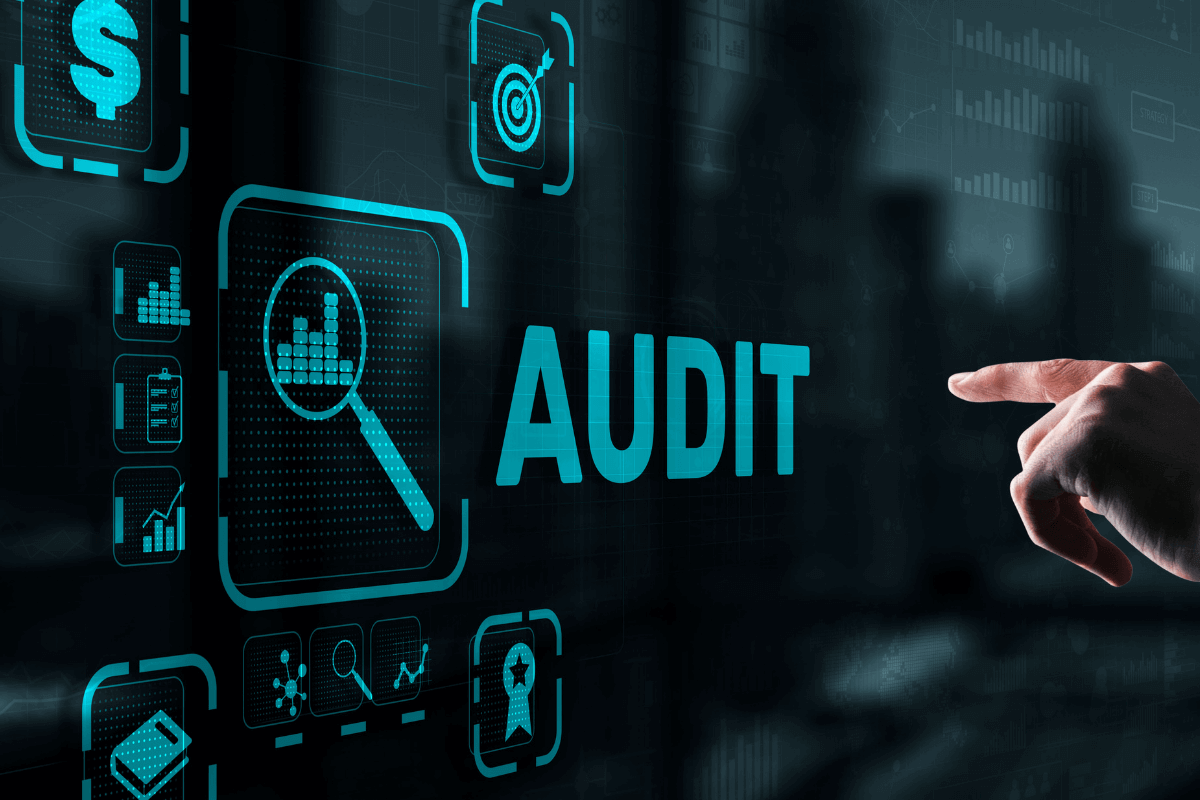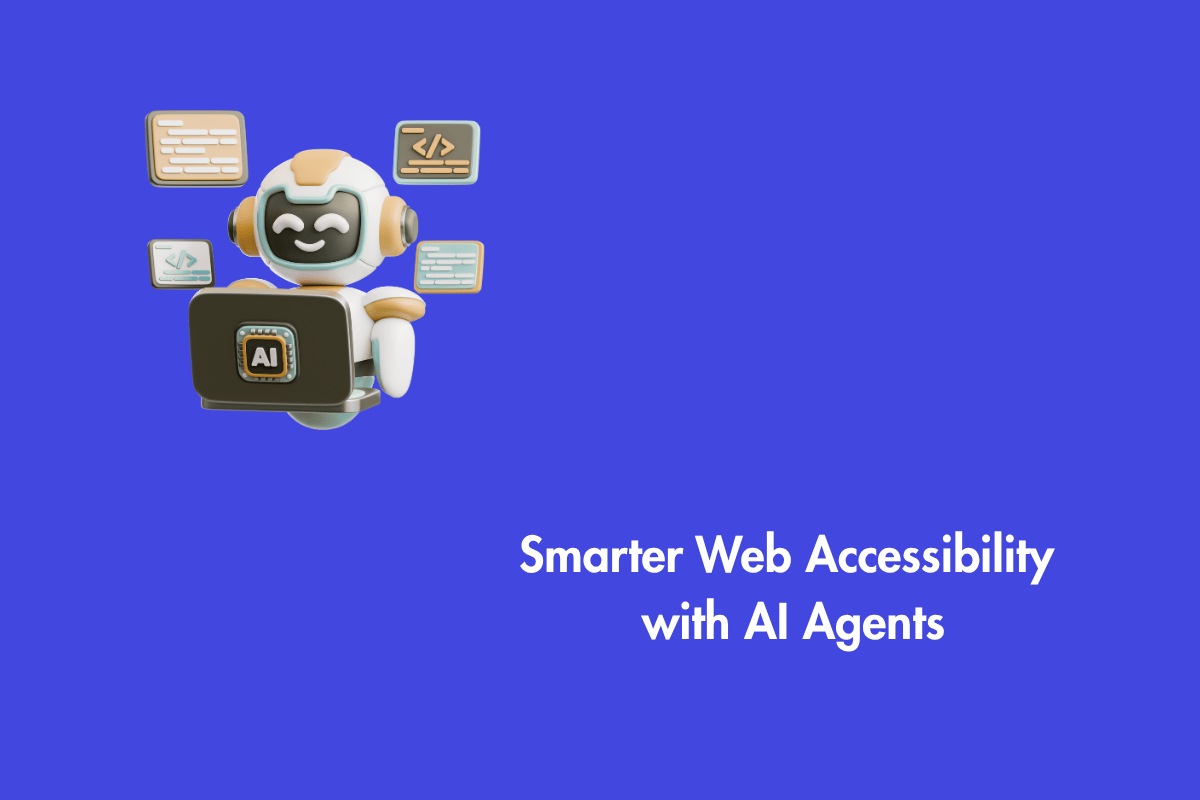If a website is built with accessibility in mind, it will be easier for people with different abilities to be able to use it. According to WHO, It is believed that over 1 billion people worldwide live with some kind of impairment. That’s approximately 15% of the whole human population. This makes a compelling case for it very evident that making information accessible as no longer a nice-to-have, but essential to achieve complete access to all information equality.
In this article, we will outline the significant difference between an accessibility test and an audit; how an accessibility audit will benefit you.
Table of Contents
What is an Accessibility Test?
An accessibility test is an evaluation of your website or mobile application only for a single criterion. It can either be automated or manual and some may not even require an accessibility expert to do it. Here are some tests that you can do all by yourself:
1. Going mouse free
Keyboards (no mouse) are often used for navigation by many people. If you do some simple keyboard tests on your site, you can see how important it is to have keyboard access.
2. Reflow
People with low vision usually navigate the web using screen magnifier software. Therefore, you can test your website by zooming the webpage up to 200% to identify issues with text and image scaling.
3. High Contrast
People with vision and neurocognitive conditions navigate the web using high-contrast settings. Therefore, if your website content is not optimized for those settings, you may be losing out a significant portion of your audience.
Although these tests can give you some idea about how users with disabilities access your content, it is not the whole story. It is important to accommodate all users with disabilities, not just focusing on vision or auditory-related impairments. The true goal of digital accessibility is to build an all-inclusive environment where all users can access the web equally.
Similarly, even automated tests have limited capabilities as they can only identify 30-40% of the accessibility issues. Automated tools also don’t provide valuable feedback to help you remediate the issue.
Individual tests can be helpful because they can show you how some users access your content, but they don’t make sure that your site meets WCAG compliance. WCAG is the global standard that everyone agrees on for digital accessibility because it is based on four sets of principles:
According to WCAG, the content should be
- Perceivable,
- Operable,
- Understandable, and
- Robust.
In reality, a single accessibility test can’t tell if your content follows these rules. That’s when you should consider an accessibility audit.
What is an accessibility audit?
An accessibility audit is a confluence of a series of accessibility tests to ensure that your website conforms to WCAG.
In order to determine how well your website or mobile app conforms to WCAG requirements, you need to conduct an accessibility audit. The audit report specifies the actions your team has to take, along with essential ideas, by combining automatic and manual testing with expert insights, to minimize future accessibility difficulties.
Independent analysis may be quite beneficial if your desired outcome is to reach a high level of WCAG compliance.
Here are some advantages of an accessible website:
1. Increased user base
While working to make your site more accessible to people with disabilities, you may find and fix usability issues that have been affecting all of your visitors. Furthermore, making your website more optimized for mobile phones and easily accessible to older people will help you cater to a wider audience as they are both rapidly growing customer segments.
2. Builds Positive PR
Many internet users now seek brands that reflect their own ideas and principles in a more activist environment. Accenture Strategy conducted a poll and found that 62% of customers are more likely to buy from a company that takes a stance on social problems.
3. Fewer long-term development costs,
As accessibility is slowly becoming mandatory in most countries, you can avoid long-term development costs by focusing on accessibility today.
4. Higher SEO score
When you make your website accessible, you increase its usability, which in turn boosts its visibility in search engine results (SEO) as there are many places where SEO and web accessibility overlap.
These are just some of the many business advantages that go well beyond legal compliance, as we have discussed in our earlier blog. You may get a great return on investment (ROI) by conducting an accessibility audit to help you reap those advantages.
Wrapping Up

In summary, an accessibility test is a single test that will only evaluate accessibility for certain criteria. However, an audit is a combination of many such tests to evaluate the accessibility status of your website. An audit against the Web Content Accessibility Guidelines (WCAG) is the best way to ensure that your content is accessible to everyone. Whether you’re a small or large organization, AEL Data can help support your accessibility team.




